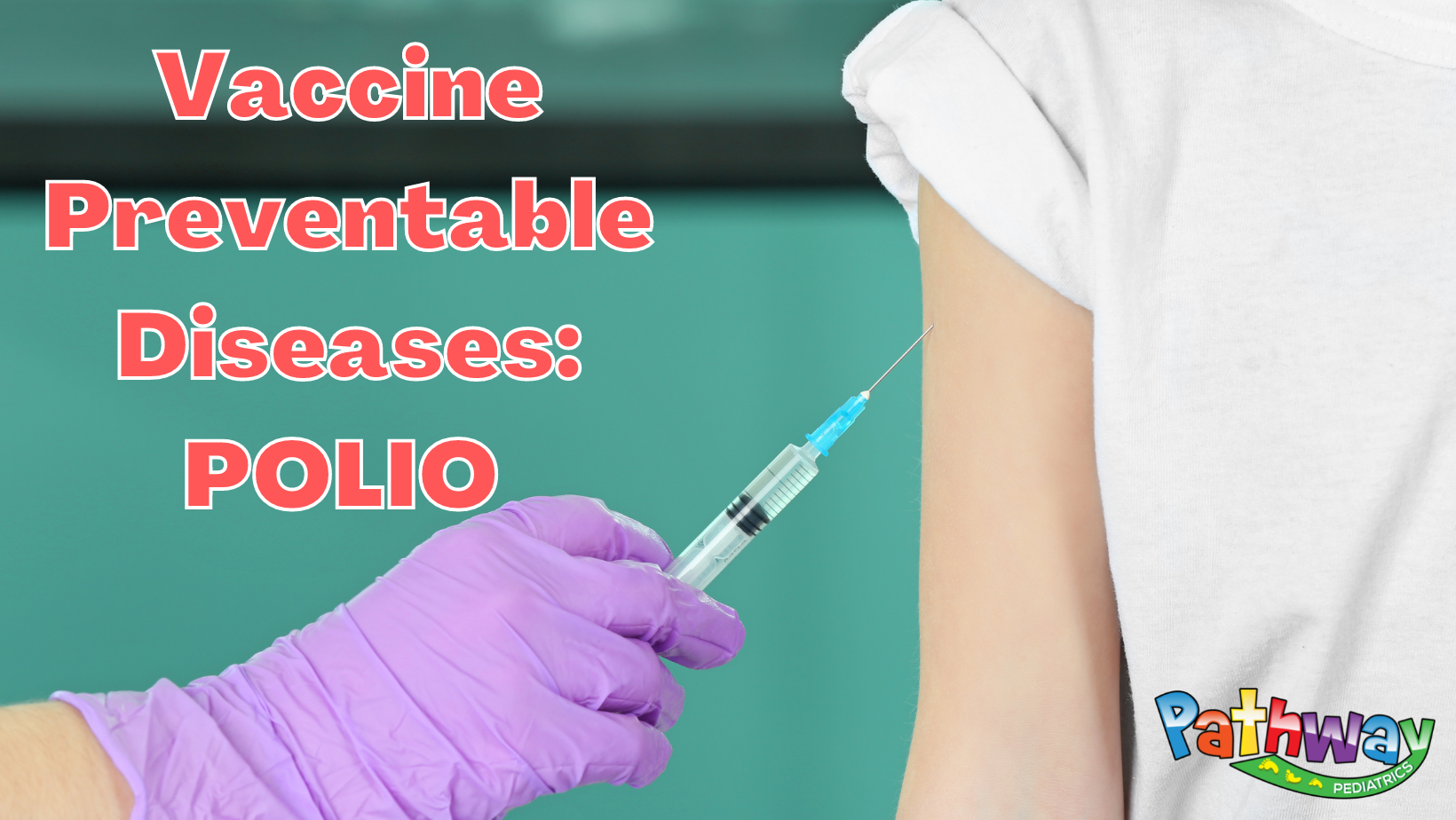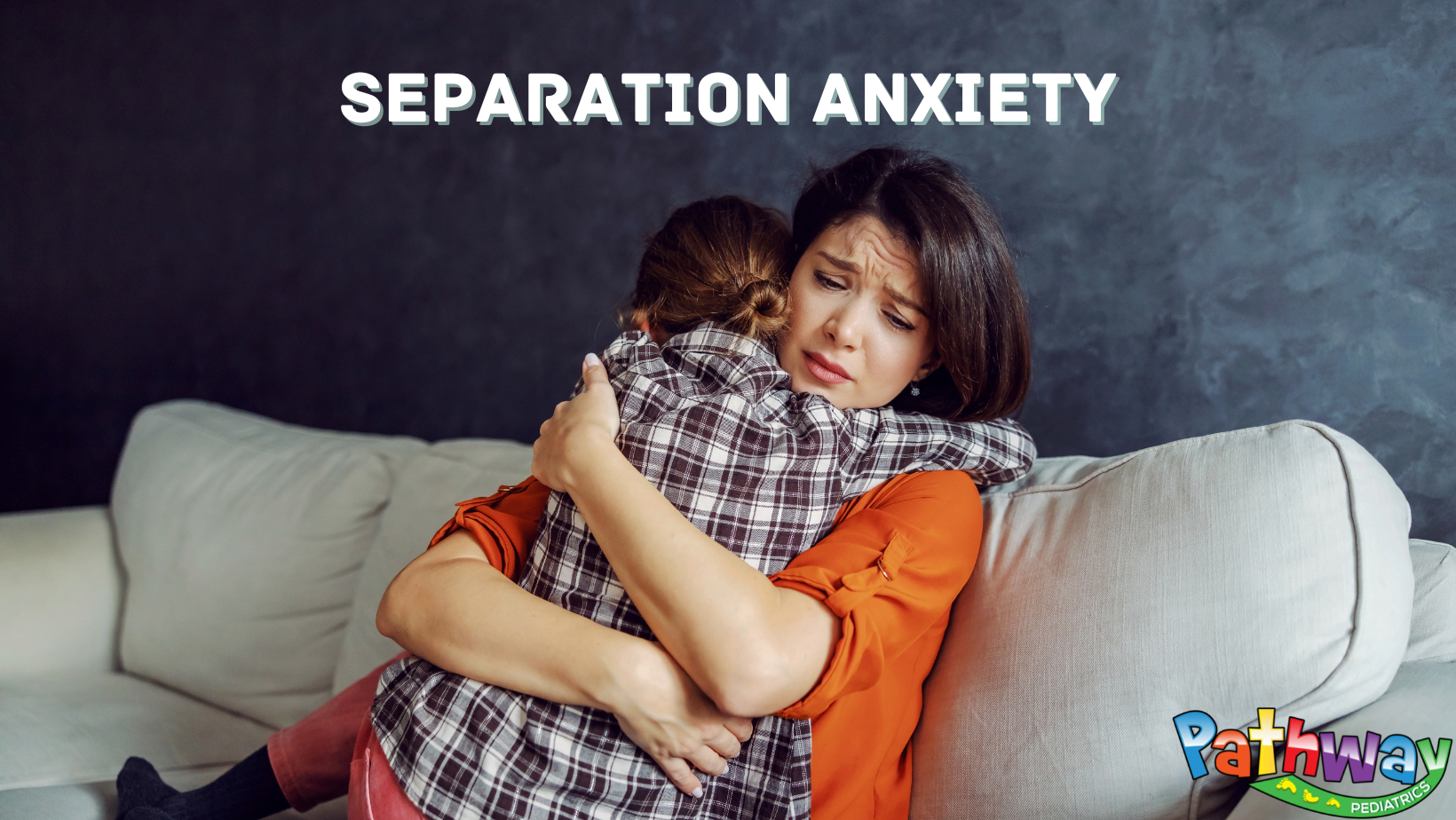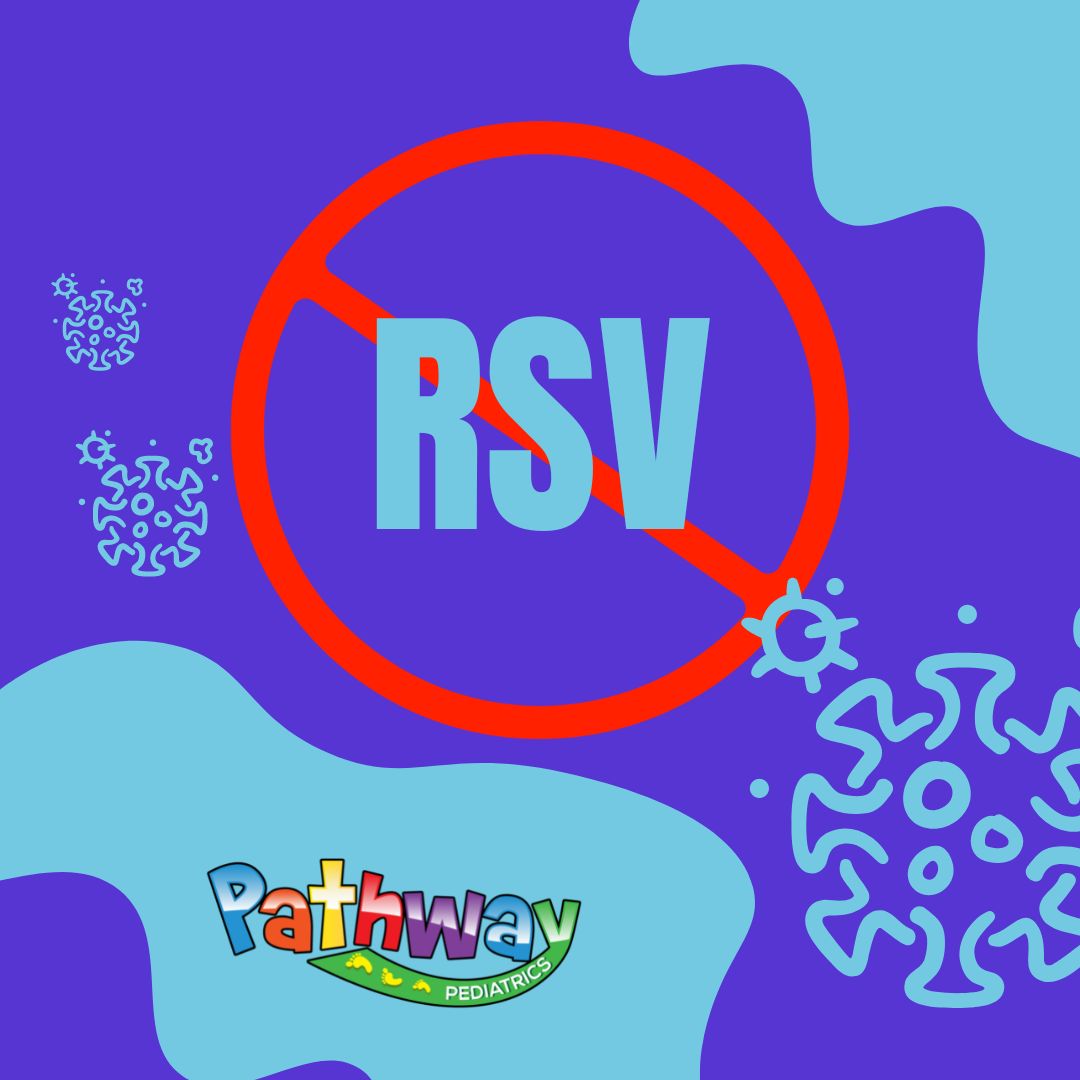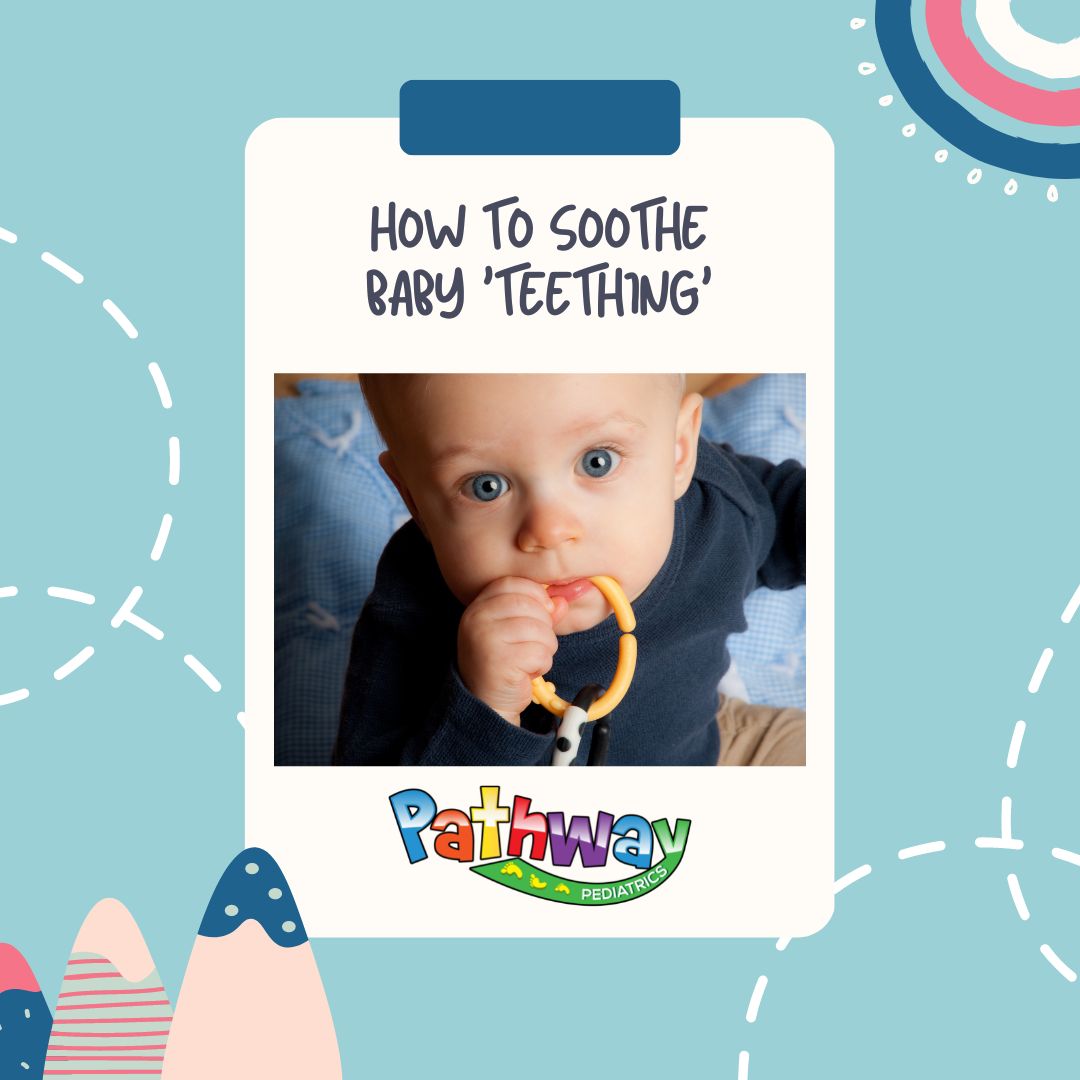
Vaccine Preventable Diseases: POLIO
Polio For parents of an earlier era, polio was one of the most feared infectious diseases. Many were worried about letting their children swim in public swimming pools or get together at neighborhood movie theaters because they were afraid that their youngsters might become the next victims of polio. After the polio vaccine became widely available in the mid-1950s, the world saw a dramatic decline in this disease. Polio is caused by a virus that affects infants and young children more often than other age groups. It is spread through close person-to-person contact and can produce paralysis of the muscles. Some cases are mild, but others are much more severe, leaving people physically impaired for the rest of their lives. Thanks to the polio vaccine, the wild poliovirus has been virtually eliminated from the United States and much of the rest of the world. Signs and Symptoms For most people, polio may cause no symptoms at all. At times, however, it can impair and paralyze the arms and legs. It causes death in some people, most often when the muscles involved in breathing become paralyzed. When symptoms occur, they may begin with a low-grade fever and a sore throat, beginning about 6 to 20 days after exposure to the poliovirus. Some children may also have pain or stiffness in the back, neck, and legs, although these symptoms may not last long. When polio results in paralysis, the muscle pain can be severe. The most contagious period for polio is 7 to 10 days before the appearance of symptoms. It can continue for another 7 to 10 days after symptoms surface. No treatment is available for polio. Some children fully recover from polio, but others are disabled for a lifetime or may die from the disease. To protect your child from polio, make sure that he is properly immunized against the disease. Source: https://www.healthychildren.org/English/health-issues/vaccine-preventable-diseases/Pages/Polio.aspx
August 31, 2022
read more
How to Ease Your Child’s Separation Anxiety
By: Wendy Sue Swanson, MD, MBE, FAAP Separation anxiety varies WIDELY between children. Some babies become hysterical when mom is out of sight for a very short time, while other children seem to demonstrate ongoing anxiety at separations during infancy, toddlerhood, and preschool. To all you working parents The trick for surviving separation anxiety demands preparation, […]
August 10, 2022
read more
Swimmer’s Ear in Children
Swimmer’s ear, which doctors call otitis externa, is an infection of the skin inside the ear canal or outer ear. This type of infection occurs most often after swimming or other activities that allow water into the ears. What causes swimmer’s ear? Swimmer’s ear develops because moisture in the ear canal encourages the growth of certain bacteria. […]
June 29, 2022
read more
Probiotics
Can probiotics help when my child has an infection and needs to take antibiotics? Christine Waasdorp Hurtado, MD, FAAP Answer Antibiotics can kill both good and bad bacteria in your child’s gut. This may throw your child’s gut “microbiome” out of balance. The microbiome is made up of the microscopic organisms—bacteria, fungi, viruses, and parasites—that […]
June 15, 2022
read more
RSV
What is RSV? RSV (or respiratory syncytial virus) is one of the many viruses that cause respiratory illness―illnesses of the nose, throat, and lungs. With mask-wearing and physical distancing for COVID-19, there were fewer cases of RSV in 2020. However, once safety measures relaxed with the arrival of COVID-19 vaccines, a rise in RSV cases began […]
June 8, 2022
read more
Teething
Is this your child’s symptom? The normal process of new teeth working their way through the gums Questions about teething Baby teeth come in between 6 and 24 months of age Caution: At least one tooth should be seen before using this care guide Proven Symptoms of Teething Teething has been researched in-depth. Kids who […]
March 25, 2022
read more